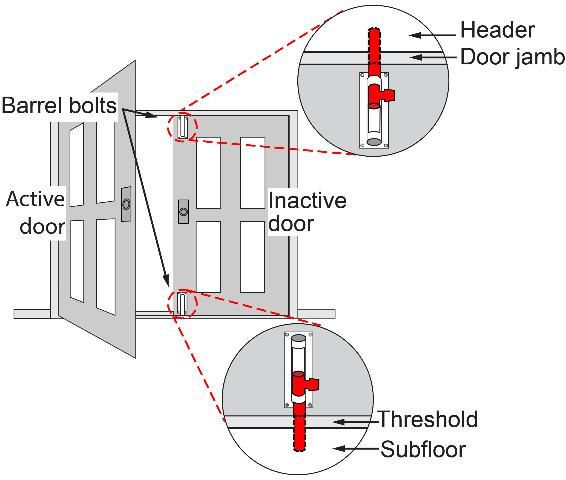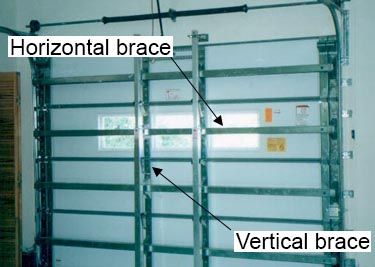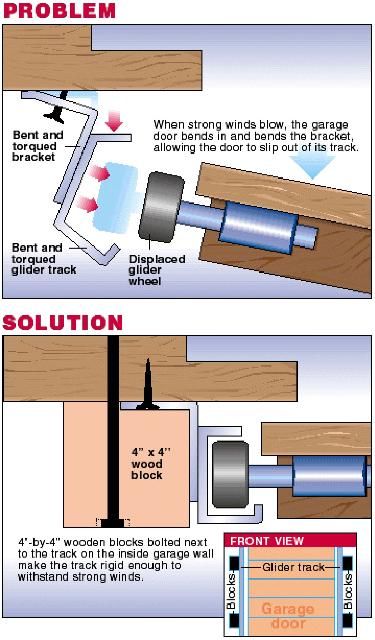Decreasing Door Danger Zones1
This publication is part 5 of 6 in the Education + Action = Wind Mitigation series. For the rest of the series, visit https://edis.ifas.ufl.edu/topic_series_wind_damage_mitigation.
Doors provide safe access into and out of a home. However, high winds can make doors a pathway for storm damage.
What makes a safe door?
A safe door has three hinges and a dead bolt lock with a bolt throw at least one inch long. The bolt throw should penetrate into the wall framing beyond the door jamb.
Safe doors usually open toward the outside of the house. Any good exterior door should be made of metal or solid wood. Install shutters over doors with windows or hollow cores.
What makes double doors unique?
Double doors, such as French doors, need added protection. This is because the door opening is twice as wide as it is for single doors.
You can improve the wind resistance of your double doors by installing barrel bolts in the inactive door (Figure 1). The bolt throws should penetrate through the door jamb into the header and through the bottom threshold into the subfloor.

Credit: Barbara Haldeman, UF/IFAS PREC
Why do garage doors fail?
Garage doors are usually made of thin metal panels spanning wide openings into the shell of a home. Under high wind conditions these characteristics can lead to garage door failure (Figure 2).

Credit: Florida Coastal Monitoring Program
High winds can cause garage doors to collapse into the house or pop out of their mounting tracks. Once this happens, wind can enter the house. The wind creates a positive pressure inside the house that can blow out windows, doors, walls, and potentially the roof.
Brace or Replace Garage Doors
If you live in an older house, you may need to brace or replace your garage door. Existing doors can be reinforced with horizontal bracing positioned at the center of each door panel row.
You may also need the additional strength provided by removable vertical bracing spaced across the span of the door and anchored into the floor and roof trusses. See Figure 3.

Credit: UF/IFAS Extension St. Lucie County
The garage door track is another common area in need of reinforcement. As shown in Figure 4, an unreinforced track can bend, allowing the garage door to break free from the wall.

Credit: Bryant Fukutomi, Honolulu Star-Bulletin
Additional Issues to Consider
Sometimes retrofitting existing garage doors to improve high wind resistance can be a difficult task. It may be worthwhile to hire a qualified contractor to install the necessary bracing or even to install a new hurricane-resistant garage door.
Should you choose to make these garage door improvements on your own, remember that the new bracing may increase the weight of your door. This may require the replacement of the garage door motor.
When bracing existing garage doors, remember to cover any windows on the door panels with shutters to protect the glass. Avoid purchasing new garage doors with windows.
If maximum protection is your goal, be sure to select products approved by the very thorough Miami-Dade County standards (see the product search link below).
Other Resources
Federal Alliance for Safe Homes: www.flash.org
Federal Emergency Management Agency National Preparedness Library: https://www.fema.gov/national-preparedness-resource-library
Institute for Business and Home Safety: http://www.disastersafety.org/
Miami-Dade County: Permitting, Environment and Regulatory Affairs—Product Control Search: http://www.miamidade.gov/building/pc-search_app.asp



